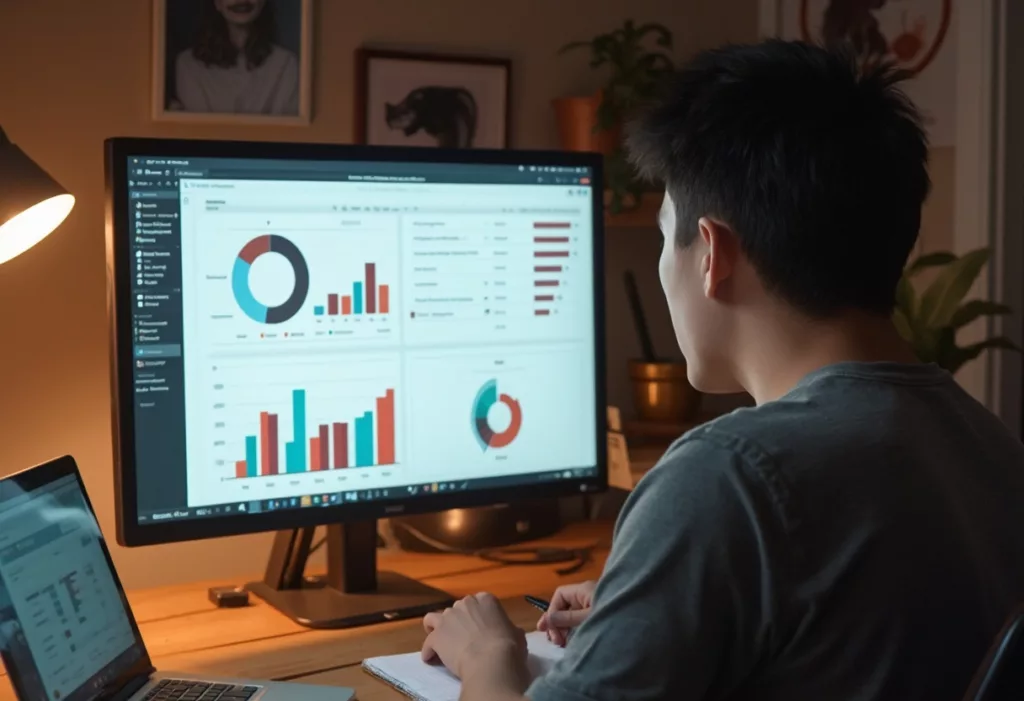When aspiring entrepreneurs first discover selling on Amazon, one of the big questions they inevitably ask is “How much does it cost to sell on Amazon?” After all, if you’re going to sell on the world’s largest e-commerce network, you want to make sure that you’re going to profit.
2024 FBA Fee Updates
Amazon announced several changes to U.S. referral and Fulfillment by Amazon (FBA) fees for 2024. Below is an overview of the key updates:
- Referral Fees: These are commission fees paid to Amazon for each sale. Starting January 15, 2024, Amazon will reduce referral fees for apparel products under $20. For items priced under $15, the referral fee will decrease from 17% to 5%, and for products priced between $15 and $20, the fee will decrease from 17% to 10%.
- FBA Fulfillment Fees: Amazon has announced new, more granular rate cards for standard-sized products and the introduction of large bulky and extra-large size tiers starting February 5, 2024. These new rates will reduce fulfillment fees for standard-sized and large bulky-sized products starting on April 15, 2024.
- Storage Fees: Amazon will reduce off-peak monthly storage fees for standard-sized products by $0.09 per cubic foot starting April 1, 2024. However, the aged inventory surcharge will increase for products stored between 271 to 365 days, effective February 15, 2024.
For detailed lists of referral fees and FBA fees, Amazon provides comprehensive charts for each product category, making it easier for sellers to understand their costs.
Individual Per-Item Fees or Subscription Fees
Amazon offers two types of seller accounts: individual and professional. Individual sellers pay a $0.99 fee per item sold, while professional sellers pay a monthly subscription fee of $39.99.
Refund Administration Fees
If a refund is issued on a product you’ve sold, Amazon will charge a refund administration fee, which is either $5 or 20% of the refunded amount, whichever is less.
FBA-Specific Fees
FBA sellers benefit from Amazon handling all fulfillment tasks such as picking, packing, and shipping, but this service comes with additional fees. These costs vary depending on product size and weight, and in 2024, Amazon is introducing new tiers for bulky and extra-large items.
Storage Utilization Surcharge
Amazon will introduce more granular fee tiers for storage utilization starting April 1, 2024, affecting sellers with a storage utilization ratio above 22 weeks. Aged inventory surcharges will also increase for items stored longer than 271 days.
Low-Level Inventory Fees
A new low-level inventory fee will take effect on April 1, 2024. This fee will apply to products with low inventory relative to customer demand, which could slow down Amazon’s fulfillment efficiency.
FBM Seller Fees
FBM sellers who manage their own shipping and customer service costs will often have higher expenses compared to FBA sellers. In some cases, FBA can be more cost-effective, especially for products that require lower shipping and handling costs.
Miscellaneous Fees
Other fees that may apply include media closing fees, high-volume listing fees, and rental book service fees.
Optimizing Costs with Ailumia’s 360 Software
By integrating Ailumia’s 360 software with your Amazon selling account, managing all these complex fees becomes significantly easier. Ailumia’s platform automatically captures every fee—whether it’s referral, FBA fulfillment, storage, or refund administration fees—and compiles them into comprehensive financial reports. This means sellers can view a clear breakdown of costs in real time, without the hassle of manually tracking each charge. The software offers detailed insights, highlighting the exact impact of each fee on your profitability. With this level of automation and transparency, you can make more informed decisions about pricing, product selection, and fulfillment methods, ultimately optimizing your margins and ensuring a healthier bottom line.
With Amazon’s evolving fee structure, having the right tools in place to manage and monitor your costs can make the difference between running a profitable or loss-making business.








